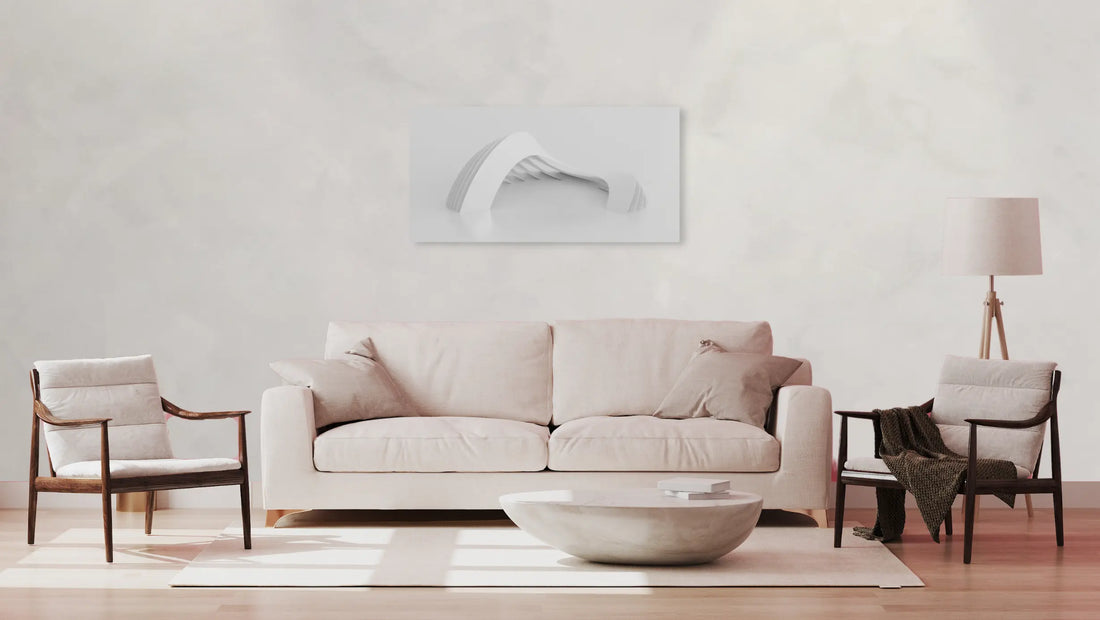In the world of interior design, there's a growing appreciation for finishes that not only look beautiful but also have an eco-friendly edge. Enter limewash, a paint finish that has been used for centuries, offering a unique blend of elegance, history, and sustainability. This guide will delve into the intricacies of limewash, its benefits, and the crucial question - should you seal it or not?
The Rise of Limewash
Limewash has made a dramatic comeback in recent years, gracing the walls of modern homes and chic commercial spaces alike. This resurgence can be attributed largely to its eco-friendly properties. Unlike traditional paints, which often contain volatile organic compounds (VOCs), limewash is made from natural lime and water, making it a safer choice for your home and the environment.
In terms of aesthetics, limewash offers a unique, velvety matte finish with a subtle texture that adds depth and character to any space. Its ability to age gracefully over time, developing a rich patina, further sets it apart from other paint finishes.
Benefits of Limewash
Aside from being eco-friendly and aesthetically pleasing, limewash also boasts several other benefits. It's highly breathable, allowing moisture to escape from the walls, thereby reducing the risk of mold and mildew. This feature makes it particularly suitable for humid areas like bathrooms and kitchens.
Additionally, limewash is antimicrobial, meaning it naturally repels bacteria and insects. It's also fire-resistant, offering an extra layer of safety in your home.
Understanding Limewash Densifier
Before we tackle the question of sealing, let's introduce another key player in the limewash game - the Limewash Densifier. This water-based, mix-in binder additive is designed to make interior limewash applications cure to a finish more typical in performance to a flat water-based wall paint, while still maintaining the visual movement and texture of pure limewash.
The Densifier reduces the inherent chalky surface finish of limewash, making it more practical for higher use areas such as hallways and bathrooms. By using the Densifier, you can achieve a durable, touchable finish without necessarily resorting to a sealer.
To Seal or Not To Seal?
The decision to seal limewash ultimately depends on your specific needs and preferences. Sealing can provide an additional level of protection, making the surface wipeable and slightly more resistant to staining. However, there are some factors to consider.
Firstly, adding a sealer may increase the sheen of the finish. If you want the surface as flat/matte as possible, adding a sealer may not be desirable. Secondly, if you need to touch up after applying sealer, you will need to apply a primer before completing the touch-up application. Lastly, with deeper colors, the sealer can alter the appearance of the color.
Therefore, if you decide to use a sealer, always test in an inconspicuous area first to ensure that the visual appearance of the sealer on limewash is acceptable for your project.
In conclusion, whether you choose to seal your limewash or not, there's no denying the unique charm and eco-friendly benefits that this traditional finish brings to the table. With the right care and application, your limewashed walls can stand the test of time, offering an elegant backdrop to your interiors for years to come.

